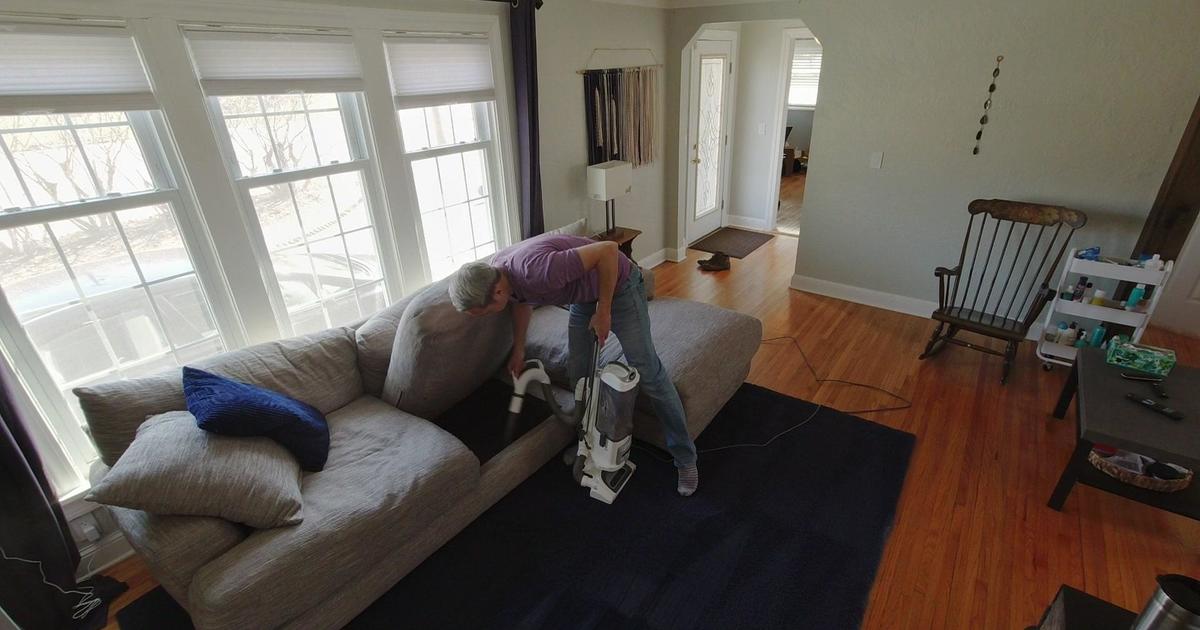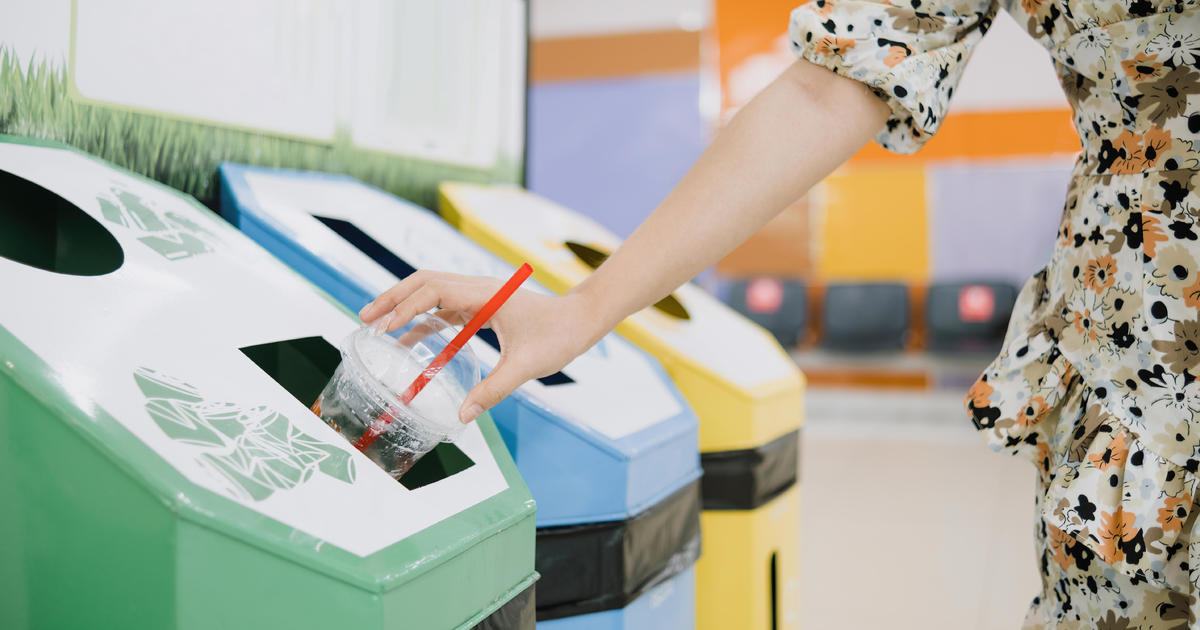Good Question: What's The Most Efficient Way To Water A Lawn?
MINNEAPOLIS (WCCO) -- In the race to keep our lawns looking green and alive, it takes a lot of water.
The Twin Cities suburb of Woodbury reports that in the winter, the daily water use is 4 million gallons. In the summer, when everyone is using water outdoors, the peak water use can reach up to 17 million gallons, as it did this summer.
Some households drag around houses with sprinklers on top of the lawns. Others spend thousands to install in-ground sprinkler systems, connected to timers.
Troy Held from Sartell wondered: What uses more water? A sprinkler system, or a sprinkler you set on your lawn?
"It's really a hard question to answer, because it depends on your watering practice. You can do a good job with a hose, a good job with irrigation system; you can do a bad job with either of them," said Dana Lonn, the managing director for Bloomington-based Toro's Center for the Advanced Turf Technology group.
"We've all seen irrigation systems running when it's raining," Lonn said. "We've all seen them running the day after we had 5 inches of rain one weekend. People do the same kind of thing with a hose, they water when it isn't needed."
The key is the timer, and researchers have found that people who default to an automatic schedule of watering regardless of the weather conditions use considerably more water than people who have to manually water the lawn by dragging hoses and sprinklers.
University of Florida agricultural and biological engineering professor Michael Dukes ran down some of the research in the Encyclopedia of Water Science.
He said that research found homes with buried sprinkler systems used 35 percent more water than homes without those systems.
And homes with irrigation timers used 47 percent more water than homes without timers, with a manual on/off operation to the sprinkler system.
"This is really a behavior question," said Brent Meacham, industry development director with the Irrigation Association. "People who water by hand, hose-draggers, as I'd affectionately say, tend to view watering as a chore, and tend to underwater. But most people with irrigation systems overwater, because they go into 'set it and forget it' mode."
"They negate the efficiency because of our behaviors," he added.
Irrigation systems can direct the water more efficiently onto the turf rather than onto the sidewalk and driveway. But without proper scheduling and use of sensors, it's a waste.
Lonn did some calculations on how much water we put on our lawns just to achieve the recommended one inch of water per week. If you have a 10,000 square foot yard, about a one-fourth of an acre, you use 6,234 gallons of water to get a one-inch coverage.
At Toro, they've developed a new wireless soil sensor product that is a step-up from the sensors that detect rain and attach to your gutters. The senso has two prongs that measure the moisture of the soil and shut down the sprinkler system if water isn't needed.
According to Lonn, he split his backyard into two parts over two months to test the system. On one side, there was no sensor, and the sprinkler system ran for 250 minutes. The side with a soil sensor only ran for 40 minutes over that same period, he said.
Lonn said that the University of Florida professor, Michael Dukes, found that residential customers can achieve 65 percent savings using a soil sensor if they live in a place with a climate that varies. If it's consistently dry, it probably doesn't make a difference.
The next step in water conservation is working with spray heads, according to Lonn.
"We're working to create bigger droplets and send the water from the spray heads slower," he said, "there's huge potential in that area as well."



